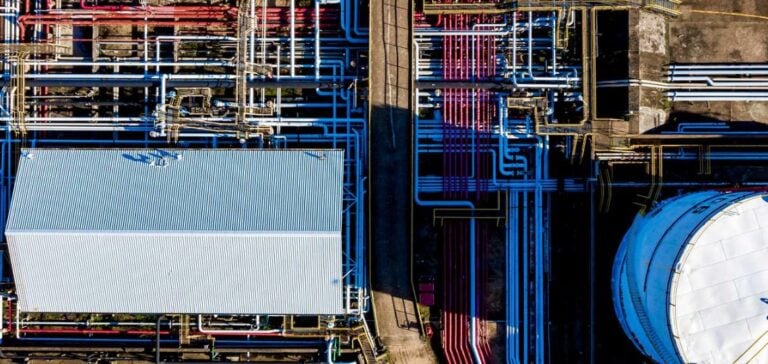Faced with major climate challenges, California is turning to Carbon Capture and Sequestration (CCS ) for its natural gas-fired power plants. These facilities, responsible for 11% of the state’s total CO2 emissions, could see their emissions reduced significantly. With an estimated capacity of between 146 and 840 gigatons, California has significant geological potential for CCS, offering a viable long-term solution.
Benefits and costs of CCS
Capturing CO2 in flue gases is considerably more economical than capturing it directly from the atmosphere, thanks to a concentration 100 times higher. The estimated cost of modernizing existing plants is $44 billion. Although this amount is considerable, it is considered affordable given the scale of the climate and energy challenges.
CCS and energy alternatives
California’s under-utilized natural gas power plants have a capacity far in excess of their current output. This reality highlights the wasted potential and underlines the importance of a balanced energy strategy. This makes CCS a credible alternative to the massive investment needed to develop renewable energies and storage infrastructures.
CCS and energy transition
The integration of CCS into California’s energy mix lays the foundations for a transition to a less carbon-intensive economy. Complementing efforts in the field of renewable energies, CCS could make a significant contribution to achieving CO2 emission reduction targets. This process invites us to rethink the place of natural gas in California’s energy ecosystem.
Prospects and comparisons
Comparing the cost of CCS with that of developing other renewable energy sources, such as offshore wind power, offers an enriching perspective on the strategic choices to be made. A detailed analysis of the construction costs of offshore wind power compared to the modernization of natural gas-fired power plants will soon provide key elements to guide the State’s energy policy.
CCS in California represents a strategic investment in the state’s energy future. Despite its high initial cost, it is proving to be a pragmatic solution to climate and energy challenges. This technological choice could well define California’s trajectory towards a sustainable, resilient economy.






















